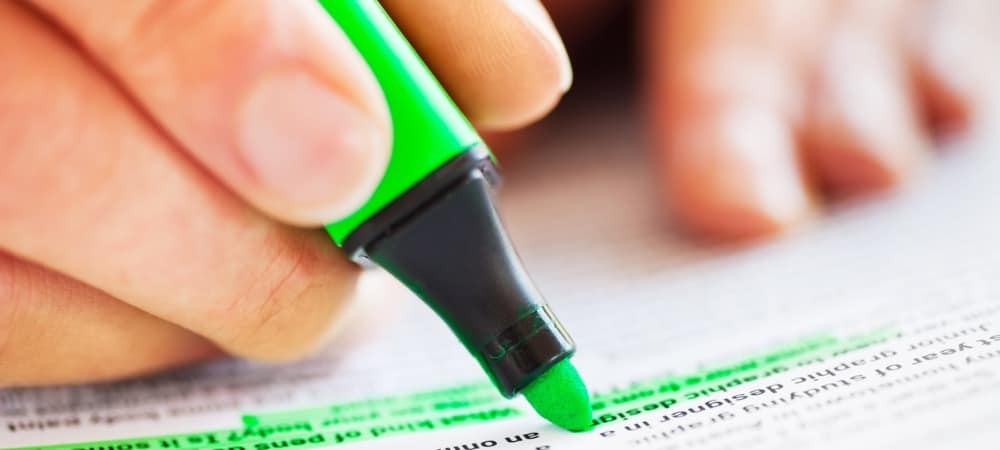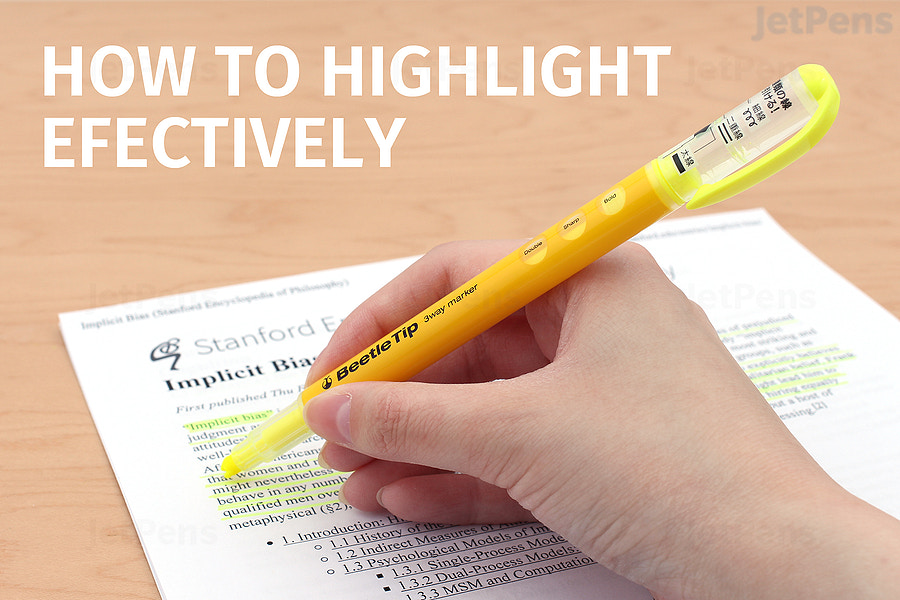How HighLighting Text Can Be Used Effectively (Guidelines)
Highlighting text is very effective but there seems to be an argument that it isn’t. For those having doubts and those that are curious, here in this article, we explain how high-lighting text can be used effectively.
HighLighting Text

Highlighters are a relatively invention. However, marking up or annotating text is as old as printed books.
This is because marking, highlighting, or annotating a text can aid in comprehension, memory, and making connections.
The more thoroughly you comprehend the text, the more effectively you will apply what you’ve learned in arguments, debates, papers, or tests.
Guidelines on How Highlighting Text Can be Used Effectively

Remember
The purpose of using a highlighter is to assist you in understanding, remembering, and making connections.
That means you’ll have to think about what you’re highlighting before pulling out the marker.
You’ll also want to make sure that the text you’re highlighting is yours alone.
If you’re returning or reselling a library book or a textbook, pencil markings are a better option.
Highlighting Willy-Nilly is a Waste of time
You’re not reading effectively if you highlight everything that seems important as you read.
Everything in your text is significant; otherwise, it would have been edited out before publication.
The issue is that different parts of your text are significant for different reasons.
You must determine which parts are critical to the learning process and which are worthy of special attention.
You are simply coloring your text if you do not have a plan for highlighting.
Before you read, remind yourself that some statements in your text will contain main points (facts/claims), and other statements will describe, define, or provide evidence to support those main points.
They should highlight the primary points first.
Annotate While you Highlight

As you highlight, make notes with a pencil or pen. What is the significance of this point?
Is it related to another point in the text, a related reading, or a lecture?
Annotation will assist you in reviewing your highlighted text and using it to write a paper or prepare for a test.
READ ALSO:
- Food Stamp Balance Number
- Classic Spanish Paella Recipe
- Does Stew Leonards Accept EBT?
- Does Casey & Take EBT?
- Southern Seafood Boil Recipe
Don’t Highlight on the First Reading
Always read your school materials at least twice. The first time you read, you will form a mental framework.
The second time you read, you build on this foundation and start learning.
The first time you read your segment or chapter, make sure you understand the main message or concept.
Pay close attention to the titles and subtitles, and read the segments without making any notes on your pages.
Highlight on the Second Reading

When you read your text again, you should be able to identify the sentences that contain main points.
You’ll notice that the main points communicate the main points that support your titles and subtitles.
Highlight other Information in a Different Color
Now that you’ve identified and highlighted the main points, use a different color to highlight other material, such as lists of examples, dates, and other supporting information.
After you’ve highlighted the main points in one color and backed them up with another, use the highlighted words to create outlines or practice tests.
Following these guidelines on how highlighting text can be use effectively will boost your understanding of text and help you grow in knowledge.
